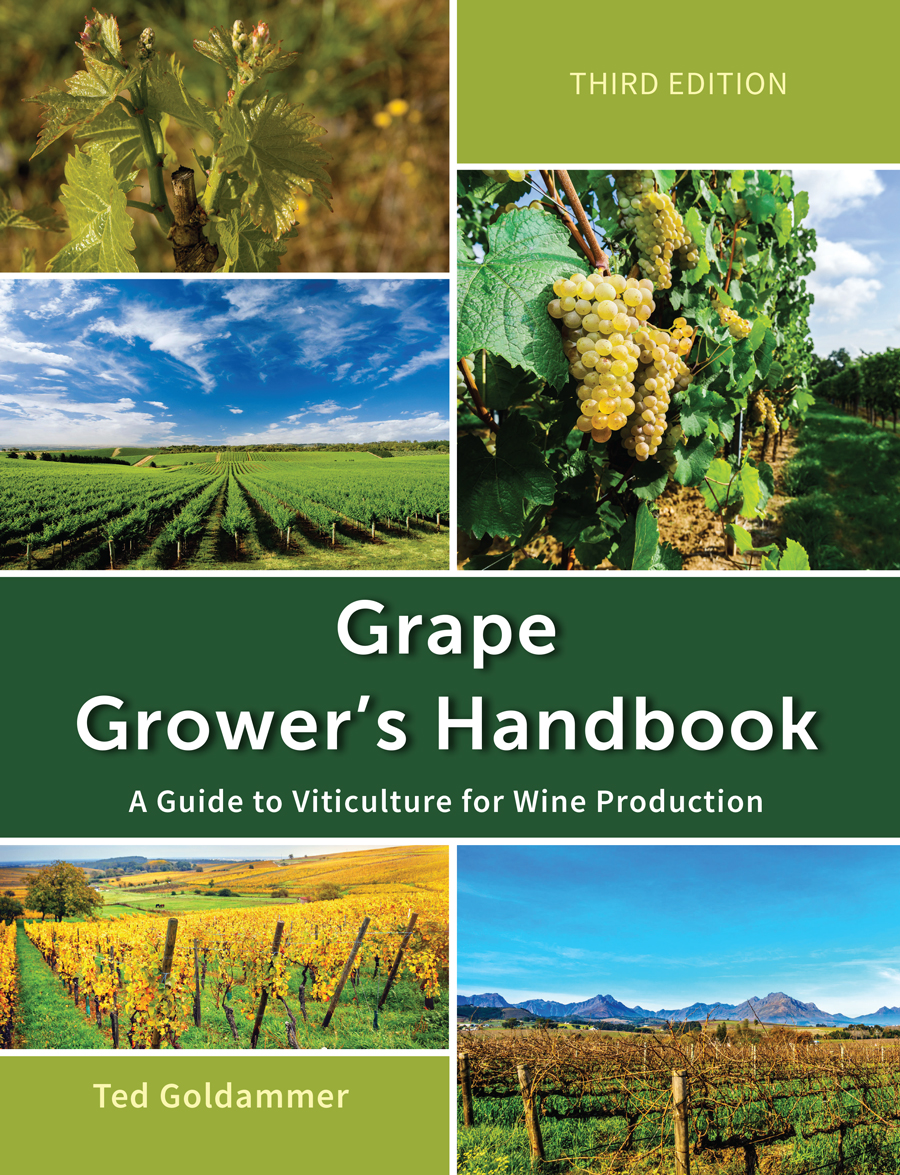Winter Protection of Grapevines
Cultural Practices in Managing Cold Temperatures
Canopy Management
Divided-canopy training systems, controlling vine size, pruning levels, shoot positioning, and shoot thinning all can increase winter hardiness due to improved light conditions in the canopy.
Training Systems
The J-system and the fan training system, have been developed for extreme winter conditions. The J-system system develops low renewal zones that facilitate covering in winter by planting the vines at an angle.
Late-Season Irrigation
Replenishing the top 2 to 3 feet (0.6 to 0.9 m) of soil to field capacity late in the growing season is one way to help mitigate winter damage to grapevine roots.
Pest Control
Significant injury to vines by pests can impact winter hardiness by reducing the amount of active leaf area, and therefore, reduce carbohydrate reserves, which are needed for optimal winter hardiness.
Pruning Strategies
The cold-hardier V. labrusca varieties are generally pruned soon after leaf drop in the fall.
Mulching
Mulching is a practice often used to improve the survival and performance of cold-tender varieties. Several kinds of mulching materials are used to insulate vines including straw, hay, wood chips, and saw dust.
Click on the following topics for more information on winter protection of grapevines.

